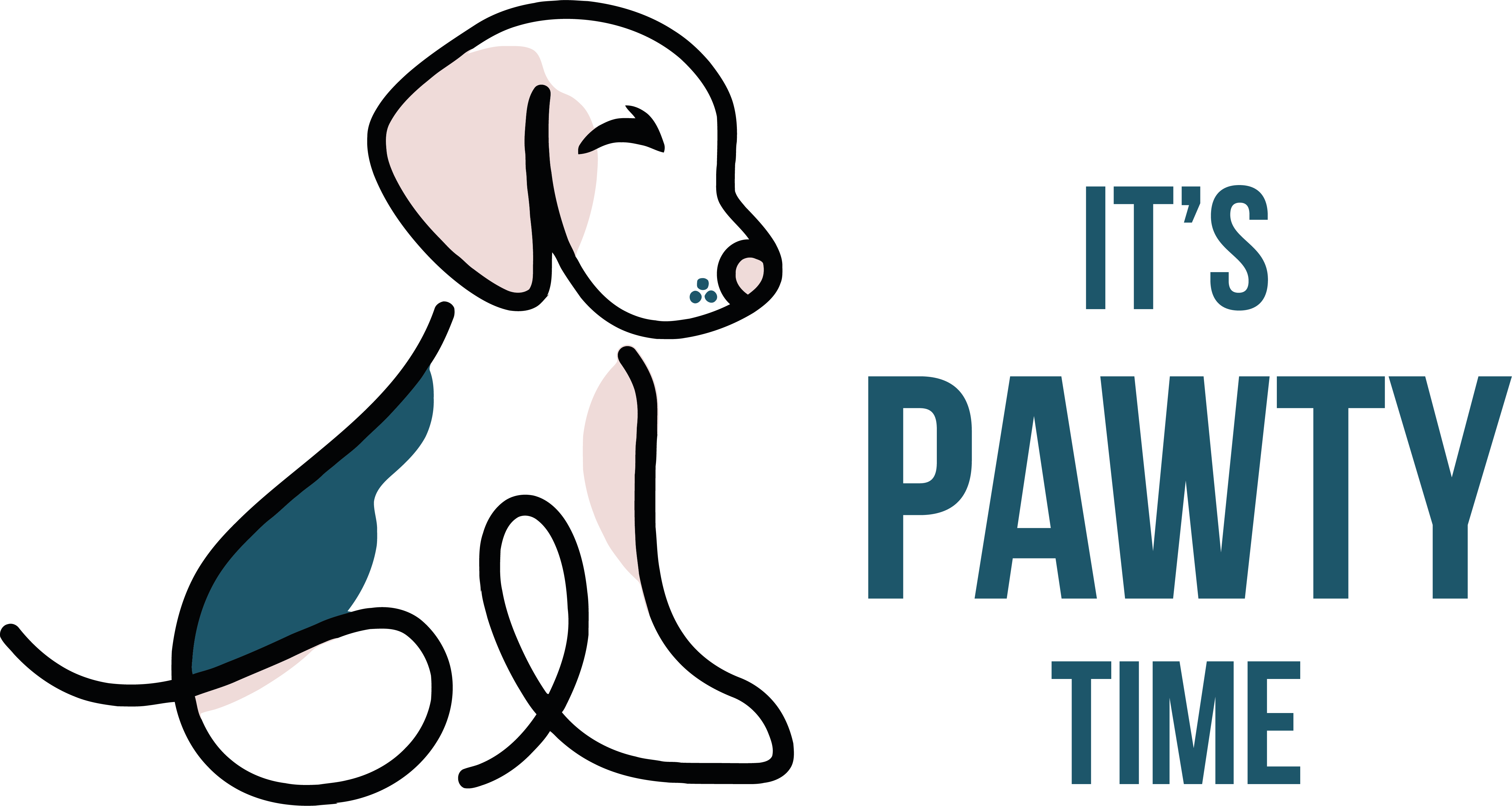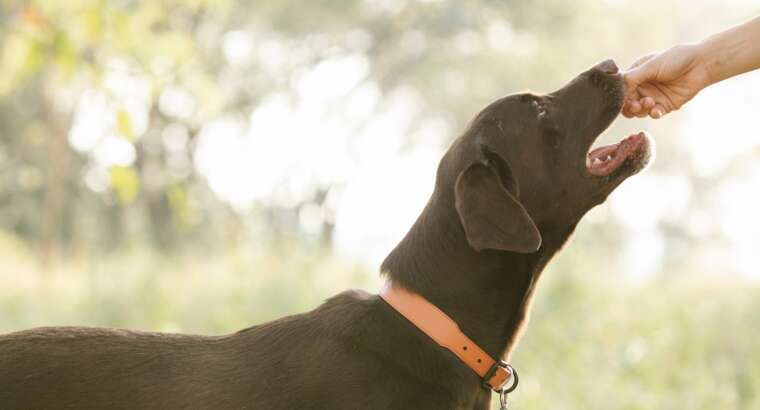Crate training takes advantage of your dog’s natural instincts to seek out a comfortable, quiet and safe place when the environment around them becomes too loud or overwhelming. It’s an important tool in preventing dogs from chewing on items in the home or during housetraining.
Why is it important and beneficial to a healthy happy dog?
Crate training is important and a vital part of your dog’s life and training. Structure builds confidence and reduces a dog’s anxiety significantly. It can also deter unwanted behaviors such as chewing furniture, barking/crying/whining, pacing and going to the bathroom indoors. A dog that is displaying behaviors or cannot be 100% trusted to be alone needs to earn their freedom – this is where the crate comes in. The crate provides a safe space for your dog to learn to relax themselves and be in a calm state of mind instead of anxiously waiting by the door for your return. This anxiety can cause the unwanted behaviors which are not only annoying to you, the dog owner, but it can also pose a safety risk to your dog if they decide to jump off furniture or ingest something toxic. A dog does not inherently know to relax and be calm unless you show and train them how to do so. A crate is not to be used as a form of punishment, but rather a safe contained area for your dog to not get themselves into trouble and ease your worries when you are not there to supervise them yourself. When you are home and notice your dog eating or chewing on something, you can correct their behaviors right away and the dog will learn. When you are not home and the dog is doing these things, you have no way of teaching the dog that what they are doing is wrong and therefore the behaviors will continue and potentially escalate because the dog will believe it is okay. You cannot punish the dog after the fact since they will have already forgotten what they have done.
Bottom line – anytime you are not available to supervise your dog in person (going to work, working from home, going out to eat, going shopping, etc.), then your dog should be in a safe, controlled and contained environment.
How to Introduce and Condition Your Dog to the Crate
The crate should NEVER be used as a form of punishment – it is meant to be a positive experience for your dog. Make sure you are taking the time to set a positive tone when introducing your dog to the crate – play games to entice the dog to go into the crate and reward!
It is crucial that you are not only putting your dog in the crate when you go out. In the beginning stages of crate training, your dog should spend some time in the crate even when you are home and not doing anything. You want the crate to be associated with a state of calmness. If you are only putting your dog in the crate when you leave – they will associate the crate with you leaving and they will have a more difficult time creating a positive association with the crate.
Yes- your dog will bark and whine the first few days of being the crate. This is totally normal. You’re not abusing your dog when they are in the crate – this is just something new to them and they are teaching themselves how to calm down. It is crucial that you do not cave to these behaviors otherwise all you are teaching the dog is that when they cry, you will let them out. It will take some time for your dog to decompress and see the crate as their positive space. Your patience needs to exceed their persistence.
It’s Pawty Time is a fully bonded and insured dog walking and pet sitting company located in Hillsborough, NJ. We currently provide services in Hillsborough, Belle Mead and Manville. Please contact us to see if we service your area. At It’s Pawty Time, we know your pet is a member of your family and their happiness, comfort and safety are our top priorities.

